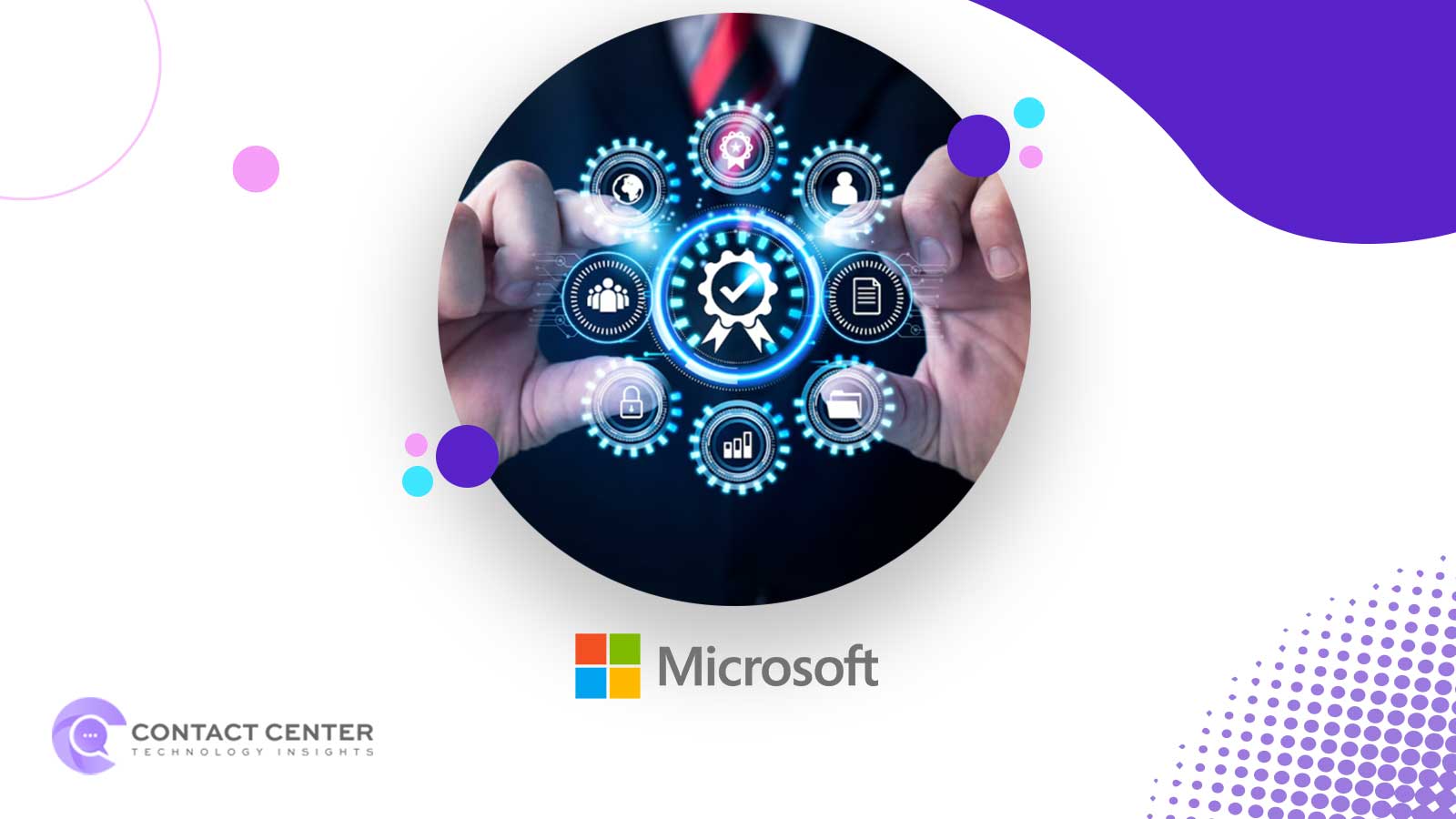Microsoft has officially rolled out GPT-5 OpenAI’s most advanced AI model yet across its key platforms, including Microsoft 365 Copilot, GitHub Copilot, and Azure AI Foundry, bringing powerful new capabilities to productivity, developer, and consumer tools.
Built and trained on Microsoft’s Azure cloud using OpenAI’s latest reasoning architecture, GPT-5 introduces a significant leap in problem-solving capabilities, enabling users to complete complex tasks without needing to choose the “right” AI for each job.
Beyond an upgrade in raw intelligence, Microsoft sees GPT-5 as a catalyst for redesigning workflows, reshaping how teams delegate tasks to AI, and even rethinking how enterprise applications are structured in an era of reasoning-capable AI.
Contact Center Technology Insights: Genesys Raises $1.5 Billion from Salesforce and ServiceNow to Advance Unified CX
Transforming Enterprise Workflows with GPT-5
Microsoft says GPT-5 brings smarter reasoning, better coding, and more contextual understanding to its platforms.
For enterprise users with Microsoft 365 Copilot, GPT-5 can now analyze emails, documents, and enterprise data with improved accuracy and richer context. Its real-time model router automatically selects the most appropriate AI variant switching to a reasoning-optimized model for challenging queries and using faster, lighter models for routine tasks.
With Copilot Studio, businesses can now create custom agents powered by GPT-5 that can handle complex, multi-step processes more reliably than ever before. Developers using GitHub Copilot and Visual Studio Code gain access to a coding model that handles long-running, agentic tasks from start to finish backed by one of the strongest AI safety profiles tested by Microsoft’s AI Red Team.
Why GPT-5 Is a Game-Changer
OpenAI CEO Sam Altman compares the leap from GPT-4 to GPT-5 as going from a “college student” to a “PhD-level expert.” The improvements go far beyond language fluency, extending to deeper reasoning, higher coding precision, and more effective multi-step execution.
“This is the best model in the world at coding,” Altman said, noting GPT-5’s top performance on SWE-Bench, SWE-Lancer, and Aider Polyglot benchmarks.
Like Microsoft’s model router, GPT-5 automatically shifts into a more analytical mode for complex prompts removing the need for manual model switching. It also offers improved safety features, including fewer hallucinations and “safe completions” that respond to sensitive queries with high-level, non-harmful answers instead of blanket refusals.
Altman adds: “This is the best model in the world at writing, healthcare, and a long list of other applications.”
Contact Center Technology Insights: Customer Service Has a New Entry Point And It’s Not Your Chatbot
Key Enterprise Advantages
The coding boost is among the most impactful benefits. With GPT-5 embedded in GitHub Copilot, Visual Studio Code, and Azure AI Foundry, developers can now work on longer, more complex codebases entirely within a secure enterprise environment reducing IP leakage risks and keeping all related project knowledge in one place.
In industries like healthcare, GPT-5’s reasoning capabilities could enable Copilot to analyze patient records, appointment notes, and policy guidelines offering compliant, data-driven support for decision-making.
With GPT-5 in Copilot Studio, enterprises can confidently deploy specialized AI agents to handle mission-critical tasks with greater accuracy and reliability.
For everyday productivity, GPT-5’s improved conversational memory allows long-running discussions without repeated context resets ideal for project management workflows where priorities shift over weeks or months.
Competition and Market Impact
Despite Microsoft’s deep investment in OpenAI, Zoom has also secured near-simultaneous access to GPT-5 for its AI Companion, which now handles complex agentic tasks like negotiating meeting times. Early testing shows better reasoning and context awareness, freeing users for higher-value work.
This signals a shift: OpenAI’s latest models are becoming shared AI foundations rather than exclusive competitive advantages. For enterprises, this means the quality of integration and customization not just access to the model will define user experience.
Microsoft’s competitive edge lies in how deeply GPT-5 is embedded across its ecosystem from Outlook to Teams to Azure allowing seamless cross-application workflows that others may find hard to match.
Contact Center Technology Insights: AWS Introduces Simplified Amazon Connect Solution for Small Businesses
A New Era for AI in Unified Communications
With GPT-5 live across Microsoft’s core platforms, the boundaries of AI in enterprise and unified communications are expanding.
Its combination of advanced reasoning, safety improvements, and coding mastery positions it as a foundation for more autonomous, end-to-end workflows.
For IT leaders, the message is clear: GPT-5 is here, it’s powerful, and it’s no longer exclusive to a single vendor. The real race now is how creatively and securely organizations integrate it into their workflows.
To join our expert panel discussions, reach out to sudipto@intentamplify.com
